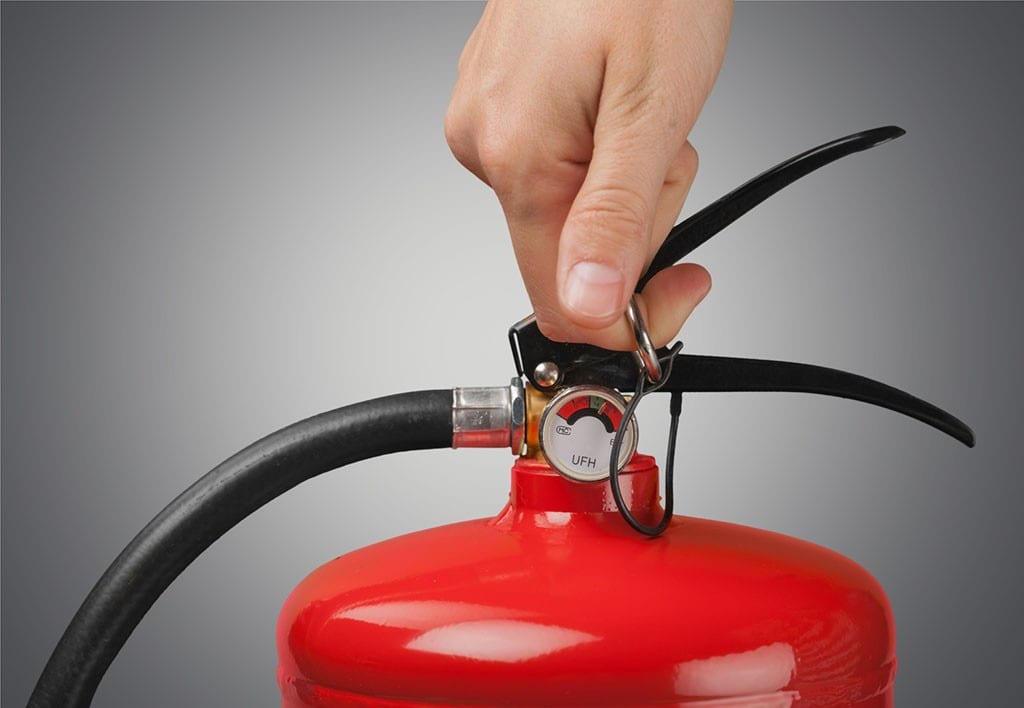For every company in Sydney Fire protection isn’t just an obligation of law, but also essential to keep employees customers, property, and even the employees secure. The effects of fire can be devastating in a matter of minutes. But, with adequate safety measures implemented, many of these dangers can be reduced or avoided. Fire inspections and regular tests of electrical systems and conformity with CFSP standards all contribute to ensure that the environment is safe.
Why fire inspections are the foundation of safety
The first line of defence is fire inspections. These inspections ensure that all the components of the building’s fire-protection system are in good working order and up-to-date. In Sydney the business must perform inspections every six months, or every year, in accordance with the building’s type and the local council’s regulations. Inspections typically cover everything including fire alarm panels and sprinkler systems to smoke alarms, hydrants and extinguishers, emergency lighting and more.

Inspections are important since they can reveal hidden problems before they turn into a danger. In the event of an emergency an emergency, a minor flaw in a smoke detector or the fire hydrant’s malfunction could appear to be insignificant. Businesses that regularly check their fire hydrants are fulfilling their legal obligations, and taking precautions against unexpected disasters.
Testing and Tagging Testing and Tagging: Addressing Hidden Electrical risks
Electrical systems are a leading cause of workplace fires. This is why testing and labeling must be an essential part of any fire safety program. This procedure involves checking the electrical equipment to make sure it’s safe and functional, and compliant, after which you attach a clear tag that indicates the item is in good condition and has passed the test. This isn’t just a standard requirement for many businesses. It’s also a way to protect against potential risks that are not obvious to the naked eye.
Unchecked, worn-out or old cables, appliances with faults, and outdated wiring can quickly become dangers to fire. Through regular testing and tagging, companies reduce the risk of electrical malfunctions which could lead to fire outbreaks. Employees are also assured that their workplace is secure. This in turn creates a sense of trust and confidence within the workplace. Combined with fire inspections and testing, this extensive safety plan reduces risks from a variety of perspectives.
The Role of CFSP in Compliance and Certification
In New South Wales only a Competent Fire Safety practitioner (CFSP) can certify or sign crucial documents regarding fire safety like the Annual Fire Safety Declarations. The CFSP accreditation ensures that only certified professionals are able to assess and verify fire safety measures. For those who own businesses, having a CFSP means that reports and inspections are not just standard paperwork but actual evaluations that are conducted by experts.
The role of a CFSP extends far beyond ticking boxes. These experts provide thorough reports and verify compliance with regulations. Businesses without CFSP certification run the risk of being penalized, having legal issues and even closing if their fire safety measures are found to be insufficient. A partnership with certified professionals guarantees that fire safety systems are being maintained properly and compliance requirements are met without unnecessary stress.
Fire Safety is a Constant Commitment
Every business owner is obligated to take on the responsibility to ensure that fire safety is an absolute priority. Regular inspections, continuous examination of electrical systems, and the proper certification via CFSP supervision create a cycle of safety that doesn’t stop. Beyond the legal requirements it also promotes an environment of safety in the workplace. Employees are reassured that clear evacuation plans are in place and smoke alarms work and emergency lighting is tested and fire protection systems are in place for use.
If you treat fire safety as an ongoing process and not just a checkbox that needs to be checked annually businesses are able to reduce risk and also enhance their image. When safety is prioritized customers and clients are more comfortable. Long term, investing to prevent fires early saves costs by preventing costly damage, fines and legal battles.
Conclusion
Fire safety in Sydney requires a multi-layered approach that includes fire inspections as well as testing and tagging, and professional certification by a CFSP. Each element is essential to ensuring businesses are compliant with the rules, and most important, that property and people are secured. Companies that place safety as the top priority in their work and not just a side note will comply with their legal obligations as well as make a more stable and safe and secure environment.